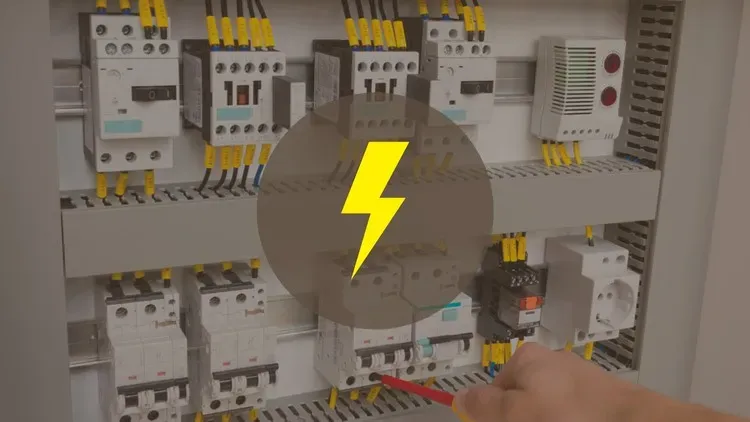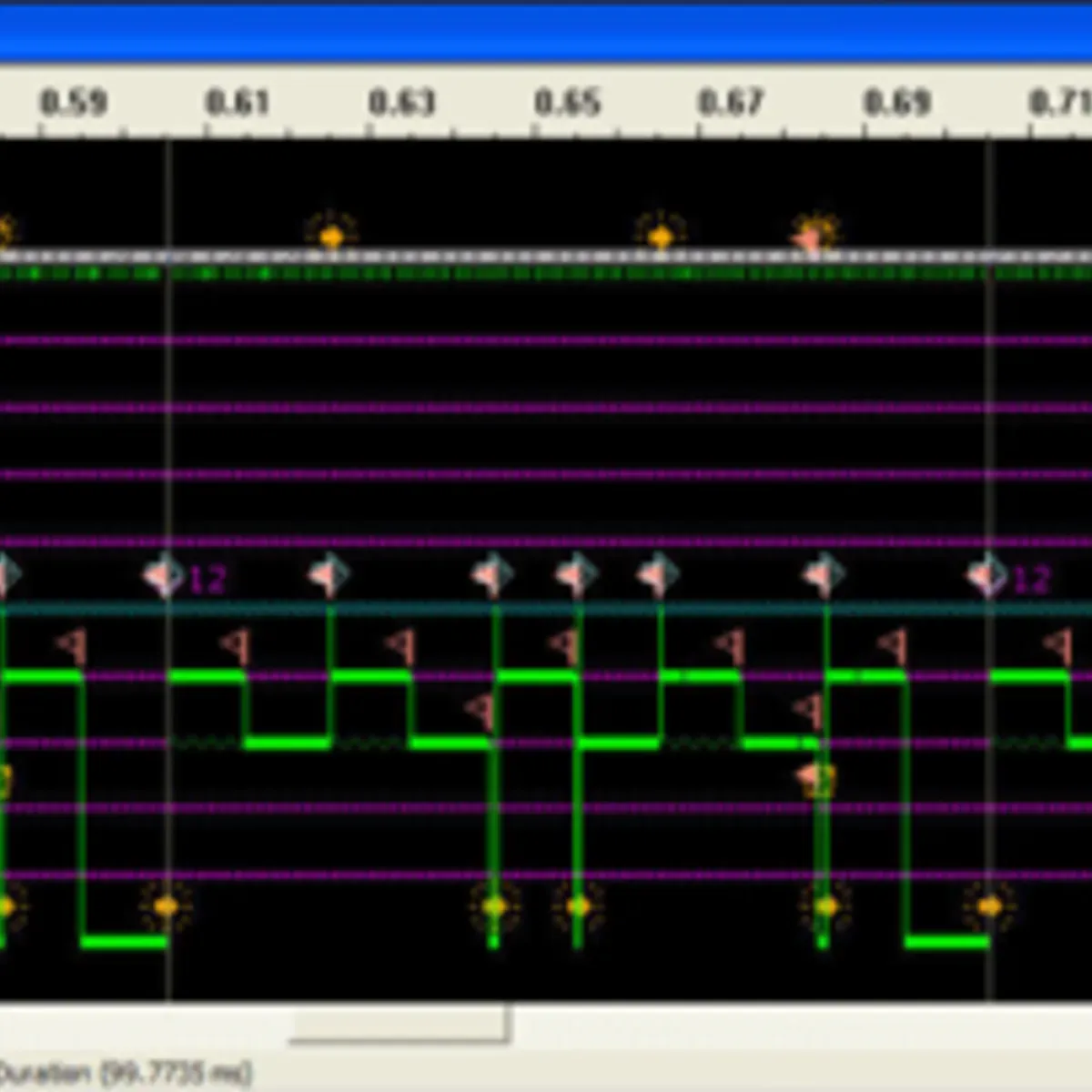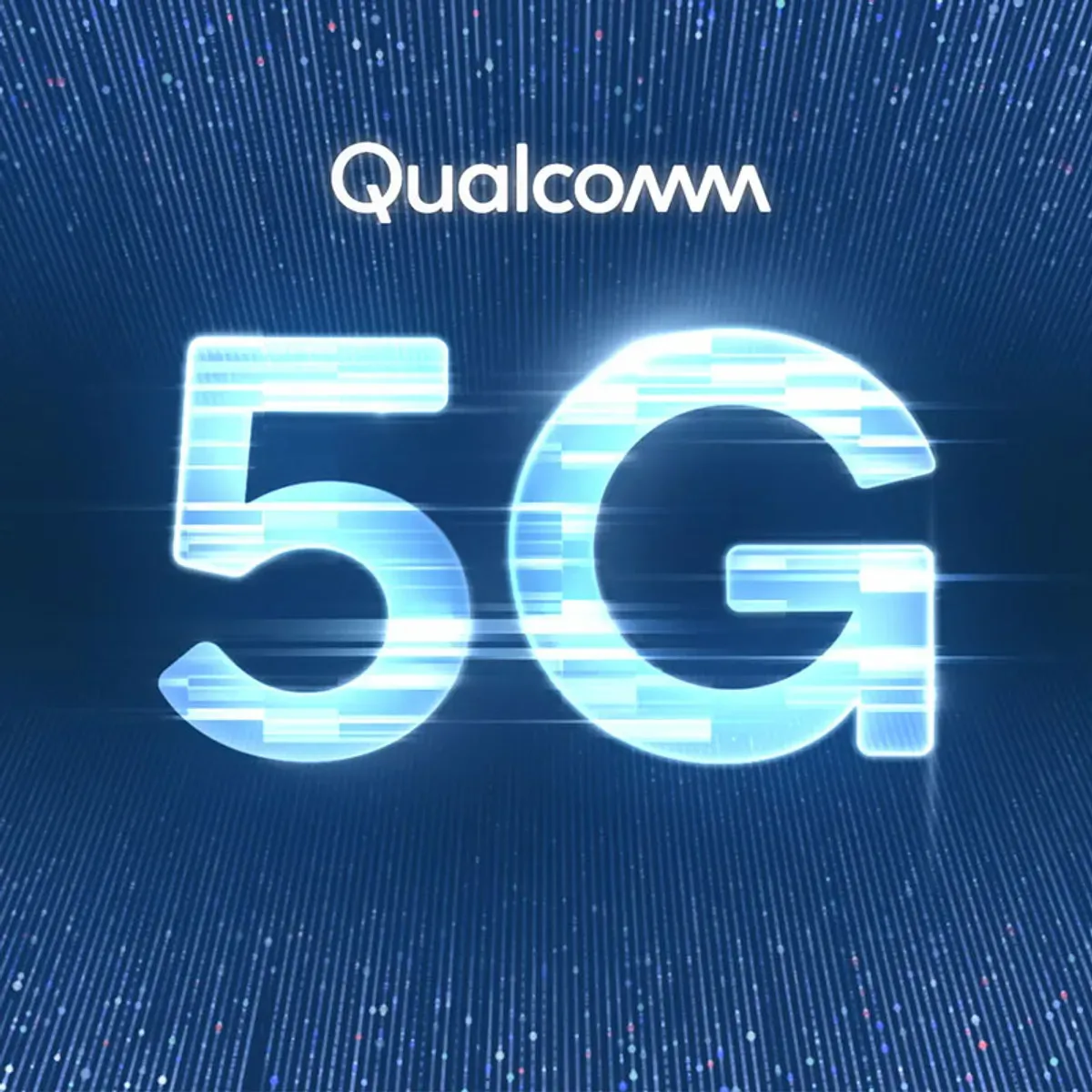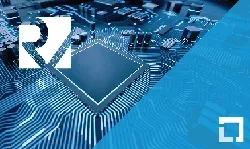
Expanded FPGA Training with NIOS II

This specialization provides an in-depth exploration of FPGAs and Soft Processors, with a focus on testing and debugging video applications. Students will gain a comprehensive understanding of the complexities of digital logic designs and how to use FPGAs to realize solutions, conserve power, and reduce size.▼
Course Feature
![]() Cost:
Cost:
Free
![]() Provider:
Provider:
Coursera
![]() Certificate:
Certificate:
Paid Certification
![]() Language:
Language:
English
![]() Start Date:
Start Date:
11th May, 2020
Course Overview
❗The content presented here is sourced directly from Coursera platform. For comprehensive course details, including enrollment information, simply click on the 'Go to class' link on our website.
Updated in [March 06th, 2023]
This Expanded FPGA Training with NIOS II course provides an overview of the use of Field Programmable Gate Arrays (FPGAs) and Soft Processors for digital logic designs. Participants will gain hands-on experience with the DE10-Lite board, the NIOS II processor, and the Avalon-ST streaming protocol. They will also learn how to use the System Console and TCL scripts to evaluate board and processor interfaces with custom projects, as well as how to use an embedded Logic Analyzer for probing of signal values to characterize performance and state transition. Examples such as a traffic light controller and thunderbird tail lights will be used to provide practical experience.
[Applications]
It is suggested that those who have completed this course apply their knowledge to the development of custom FPGA designs. They should be able to use the NIOS II processor to control Video IP for generation of test pattern output, as well as use the System Console and TCL scripts for evaluation of board and processor interfaces with custom projects. Additionally, they should be able to use the embedded Logic Analyzer for probing of signal values to characterize performance and state transition. Finally, they should be able to use the traffic light controller and thunderbird tail lights examples to develop their own custom FPGA designs.
[Career Paths]
1. FPGA Design Engineer: FPGA Design Engineers are responsible for designing, developing, and testing Field Programmable Gate Arrays (FPGAs). They must have a strong understanding of digital logic design, embedded systems, and computer architecture. They must also be able to use various software tools to design, simulate, and debug FPGA designs. As the demand for FPGA-based solutions continues to grow, the need for FPGA Design Engineers is expected to increase.
2. Embedded Systems Engineer: Embedded Systems Engineers are responsible for designing, developing, and testing embedded systems. They must have a strong understanding of digital logic design, embedded systems, and computer architecture. They must also be able to use various software tools to design, simulate, and debug embedded systems. As the demand for embedded systems continues to grow, the need for Embedded Systems Engineers is expected to increase.
3. Video IP Engineer: Video IP Engineers are responsible for designing, developing, and testing video IP cores. They must have a strong understanding of digital logic design, embedded systems, and computer architecture. They must also be able to use various software tools to design, simulate, and debug video IP cores. As the demand for video IP solutions continues to grow, the need for Video IP Engineers is expected to increase.
4. System Console Developer: System Console Developers are responsible for developing and maintaining system consoles for FPGA and embedded systems. They must have a strong understanding of digital logic design, embedded systems, and computer architecture. They must also be able to use various software tools to design, simulate, and debug system consoles. As the demand for system consoles continues to grow, the need for System Console Developers is expected to increase.
[Education Paths]
1. Bachelor of Science in Electrical Engineering: This degree program provides students with a comprehensive understanding of electrical engineering principles and their application in the design and development of electrical systems. Students learn about circuit analysis, digital logic, microprocessors, embedded systems, and signal processing. This degree is ideal for those interested in developing and designing electrical systems for a variety of applications.
2. Master of Science in Computer Engineering: This degree program provides students with a comprehensive understanding of computer engineering principles and their application in the design and development of computer systems. Students learn about computer architecture, operating systems, computer networks, embedded systems, and software engineering. This degree is ideal for those interested in developing and designing computer systems for a variety of applications.
3. Doctor of Philosophy in Electrical and Computer Engineering: This degree program provides students with a comprehensive understanding of electrical and computer engineering principles and their application in the design and development of electrical and computer systems. Students learn about circuit analysis, digital logic, microprocessors, embedded systems, computer architecture, operating systems, computer networks, and software engineering. This degree is ideal for those interested in developing and designing electrical and computer systems for a variety of applications.
The development trends in these degree paths are focused on the integration of hardware and software components to create more efficient and powerful systems. This includes the use of FPGAs, microprocessors, and embedded systems to create systems that are more powerful, efficient, and reliable. Additionally, the development of new technologies such as artificial intelligence and machine learning are driving the development of new and innovative systems.
Course Provider






